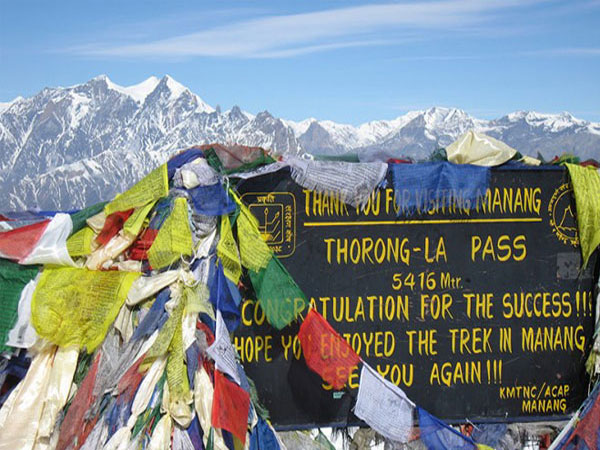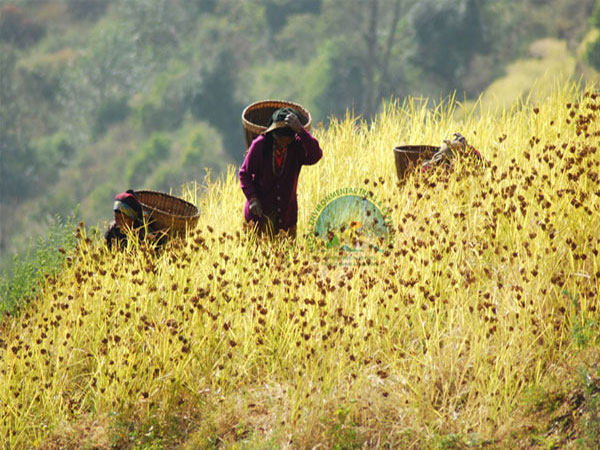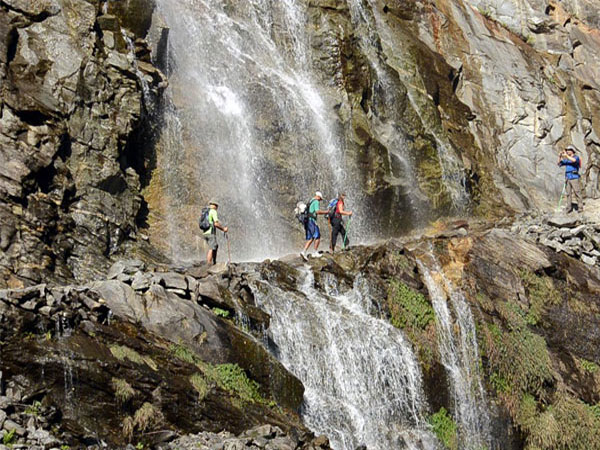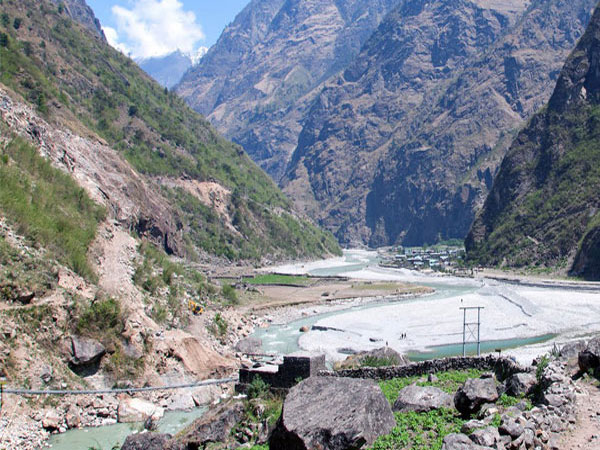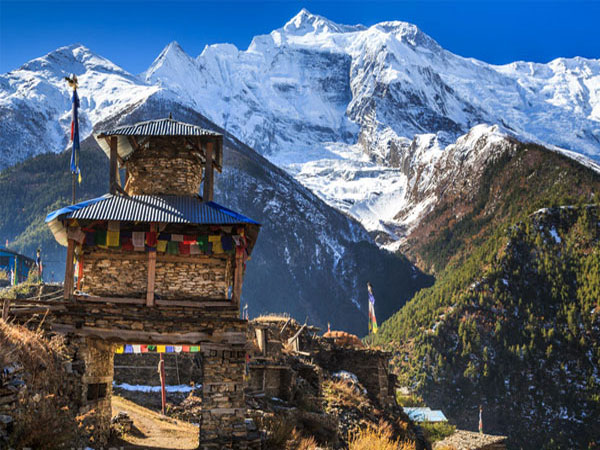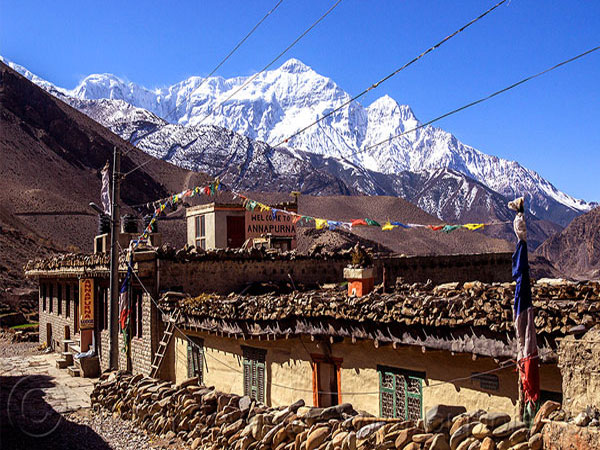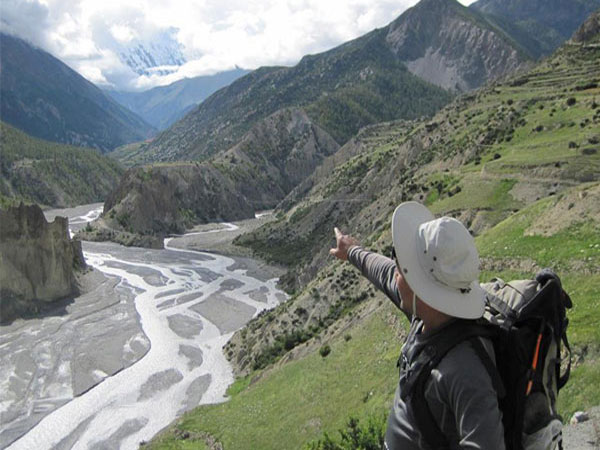FAQ
What is trekking?
Trekking is an exciting adventure! Each day involves walking and climbing through the village and trails.
The terrain is fairly steep and gets the snow at higher altitudes (above 4000m/13,120ft)
How difficult is trekking?
It depends on what kind of trek you choose. We organize various
types of treks, both short and long, from easy to challenging.
Are there any age limits for trekking in Nepal?
According to Nepalese law mandates that children under
the age of 18 be accompanied by a parent or adult while trekking.
There is no limit to our excursions as long as participants are healthy
and willing!
Do I need to have previous trekking experience?
In theory, that is not correct. Anyone with a strong cardiovascular
system and stamina should be able to handle higher elevations and lower oxygen levels.
However, trekking or hiking expertise anywhere in the world is strongly suggested for
the most enjoyable Himalayan adventure.
Arrival & Visa
Can I obtain a visa for Nepal upon arrival at the airport?
It is possible for most guests to obtain a visa upon arrival at the airport (multiple entry 30 days $50),
and the process typically takes between 20 minutes to an hour, depending on
the amount of people. Please note that guests are responsible for verifying
all visa requirements prior to their arrival. Your passport must be valid
for at least 6 months from the date of entry to Nepal, so it is recommended
to check this as soon as you book your trek.
Preparation
Do I need any permits to go trekking?
It depends on your specific trek. Some trekking regions require special
trekking permits, but others just require permits to access conservation
or national parks. The majority of them require a Trekking Information
Management System (TIMS) card. We manage all permits for you,
so there is nothing to worry!
Which season is ideal for trekking in Nepal?
Trekking in the Himalayas is most enjoyable from February to May
and from September to December. Trekking during the monsoon season
is going to be a very wet experience, unless you are trekking
in rain shadow locations like the Upper Mustang. Winter is not
the best time to go trekking however, as extremely low temperatures
and a lot of snow can make it difficult to cross high passes
(lower elevation treks can be done all year round).
What kind of insurance do I need for Nepal trekking? Where can I purchase it?
Travel insurance is required, and you are responsible for getting it
for the days you will be trekking. Standard policies often only cover
medical evacuation to 4000m so make sure the policy you get covers
up to 6000m. We usually suggest World Nomads which costs around $125.
You only need to be covered on the policy for the days you will be
trekking.
Time and duration
What is the duration of the trek?
Most of our trips go from one to four weeks.
How many hours do we walk per day on the trek?
Trekkers typically walk four to six hours per day. That ranges
from five to fifteen kilometers, depending on trail conditions
and weather.
Room and board
What kind of accommodations will be available on the trek?
Most of our treks include teahouse or guesthouse accommodations.
Where will we have our meals on the trek?
The most popular Himalayan circuits include lodges and guesthouses.
Continental meals are usually available, as well as soups and noodle
or rice dishes. Other routes will offer more limited options.
On the most remote routes, only traditional dal bhat, curry,
or quick noodle soups will be served.
What is teahouse trekking?
Teahouse trekking is a type of accommodation found only on mountain
treks in which meals and lodging are provided on a full-board basis
at local teahouses or lodges.
How do we get drinking water on the trek?
The best solution is to treat the local water with chlorine/iodine
tablets or a steriliser pen. The tea houses will provide you with
good quality free water, and you can also find it along the trail,
although you must treat it. If you're using pills, ensure sure they
dissolve completely (approximately 30 minutes). Mineral water is
available for purchase along most treks. A liter of mineral water
costs about 1 USD in lower elevation tea houses, but it can cost up
to $4 in higher elevations, so the expense may add up.
Health and safety
What physical requirements will ensure that I am fit enough to trek?
Good general fitness, flexibility, and health will ensure a safe
and comfortable walk. Those with acute or chronic health issues that
impair their stamina, range of motion, coordination, or balance may have
trouble finishing the trek. If you are unsure about your physical readiness,
visit a doctor well before booking your trip! General hiking knowledge and
familiarity with the concept of multi-day hiking will also ensure that
you are well prepared to trek!
What happens if I get sick or injured on the trek?
We take all necessary precautions to maintain our trekkers' safety
and well-being but rest assured that our guides are skilled and experienced
in dealing with emergencies. Each guide has had first-aid training. In the event of altitude sickness, you will be instantly transported to a lower altitude. If required, your guide will use your travel insurance details to contact a rescue helicopter
and fly you to Kathmandu or Pokhara for medical treatment.
How to adjust for altitude on a trek?
Lower oxygen density at higher altitudes, as we commonly experience
on our treks, affects your cardiac and pulmonary systems. If we don't
progressively adapt our bodies to the altitude of the mountains,
we risk getting sick. Physical signs could include acute mountain
sickness (also known as soroche, altitude sickness, or "the bends")
or just general breathing problems. We schedule our treks carefully
and include acclimatization days throughout the program to prevent
altitude-related illnesses. Many treks have intervals where trekkers
can decide to take on more hikes or day trips, or they can just
relax and recuperate when their bodies tell them.
How to protect yourself from sunburn in the mountains?
Your skin is more vulnerable to sun damage in the mountains
than at the beach. Sun's intensity increases with altitude
and snow reflects more UV rays than sand. To protect your
skin, use clothing and sunblock, preferably a mountain-specific
sunblock. If you wear prescription eyeglasses, get them fitted
with sunglasses.
Practical Matters
What items should I pack?
Pack appropriately based on your specific trek and departure time.
Recommended clothing and equipment are listed with each trek.
In general, bring a down jacket, fleece jacket, thermal underwear,
trekking pants and shorts, sturdy boots, thermal sleeping bag,
backpack, and camera. Don't forget any medication. Avoid overpacking.
You can purchase or rent gear in Kathmandu.
What is the baggage limit for a porter?
Porters usually carry between 15 and 25kg of baggage depending
on the trekking route and altitude. One porter is assigned to
every two travelers.
What type of footwear is recommeded?
How much money should I bring with me?
Our treks are all-inclusive, covering accommodation, food,
park fees, permits and other costs. You will need some pocket
money for extras such as bottled water, snacks, souvenirs
and tips. Around $20 per day is usually sufficient for
these expenses.
Can I receive a refund if I am unable to complete the trek?
It is possible for trekkers to finish their trek
earlier than expected or stop the trek due to personal
or health reasons. However, we regret to inform you
that we cannot offer any refunds for the unused days
on the trek. Please understand that our costs remain
the same as we have already committed to paying our
guides and porters for their time.
What are the communication options available while trekking?
Mobile coverage in the Himalayas is expanding rapidly,
but is not guaranteed to be uninterrupted.
3G coverage is available on Mount Everest,
while local VHF phones are available on most
trekking routes. However, a satellite phone
is the only option on more remote trails.
